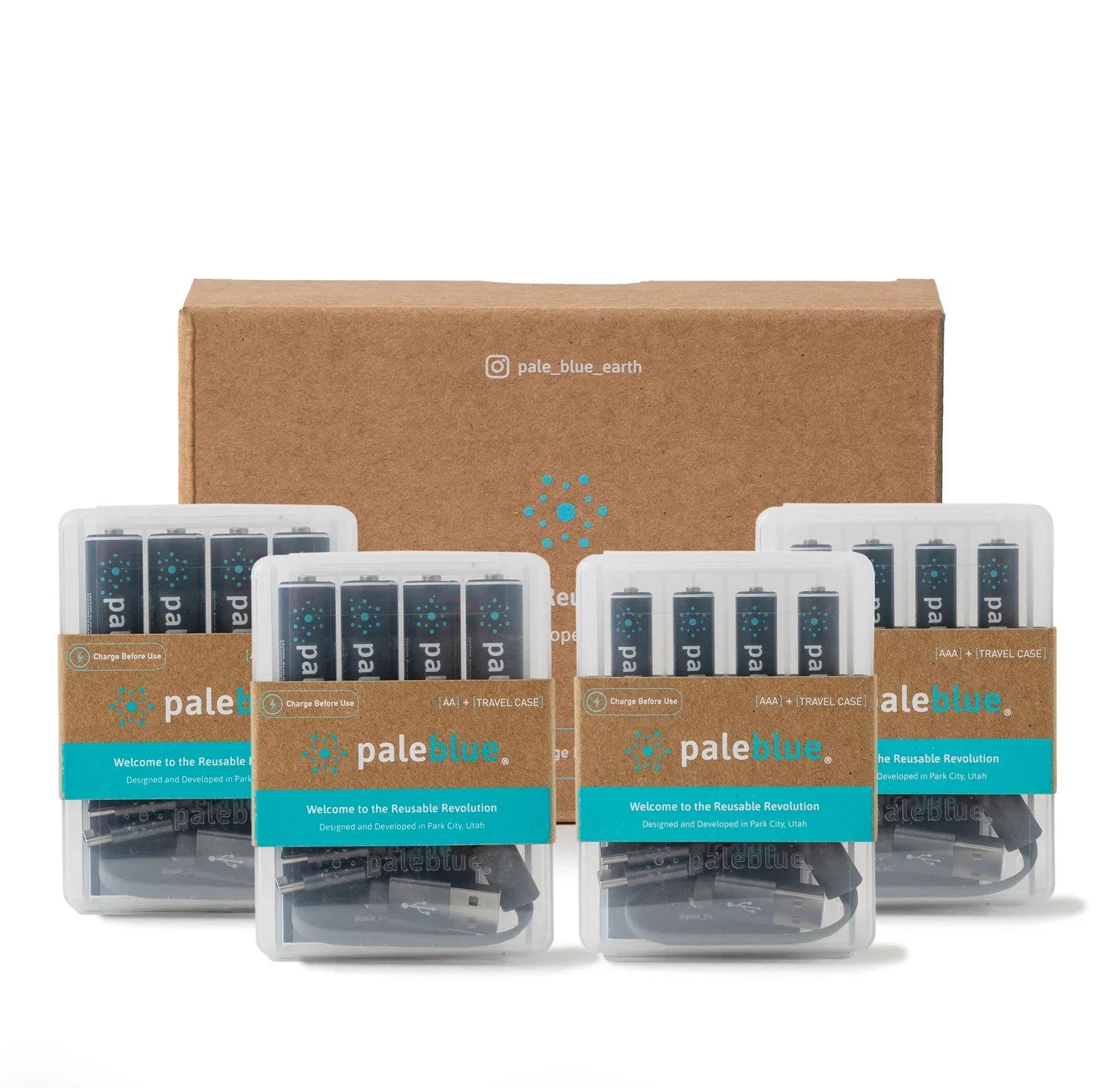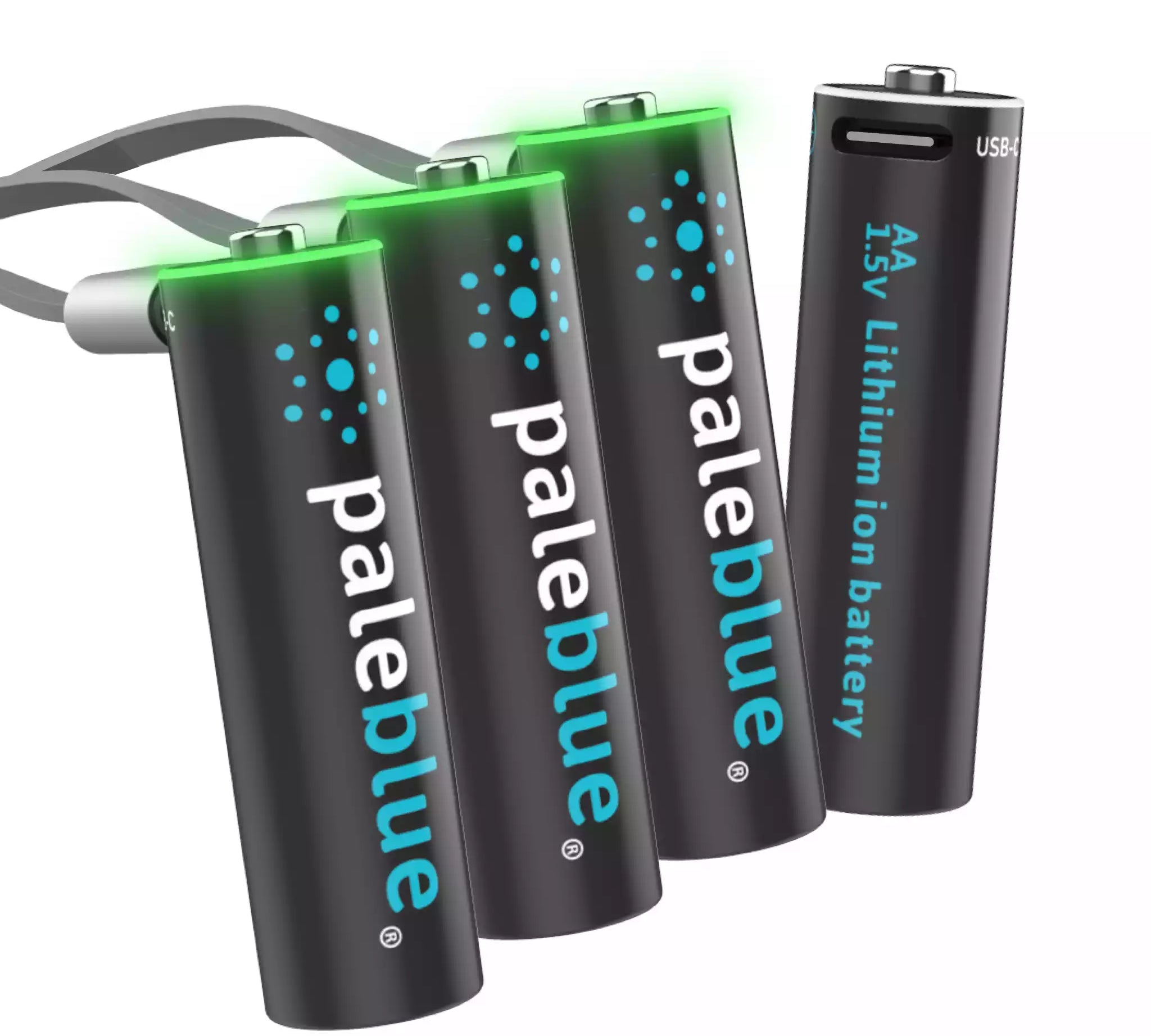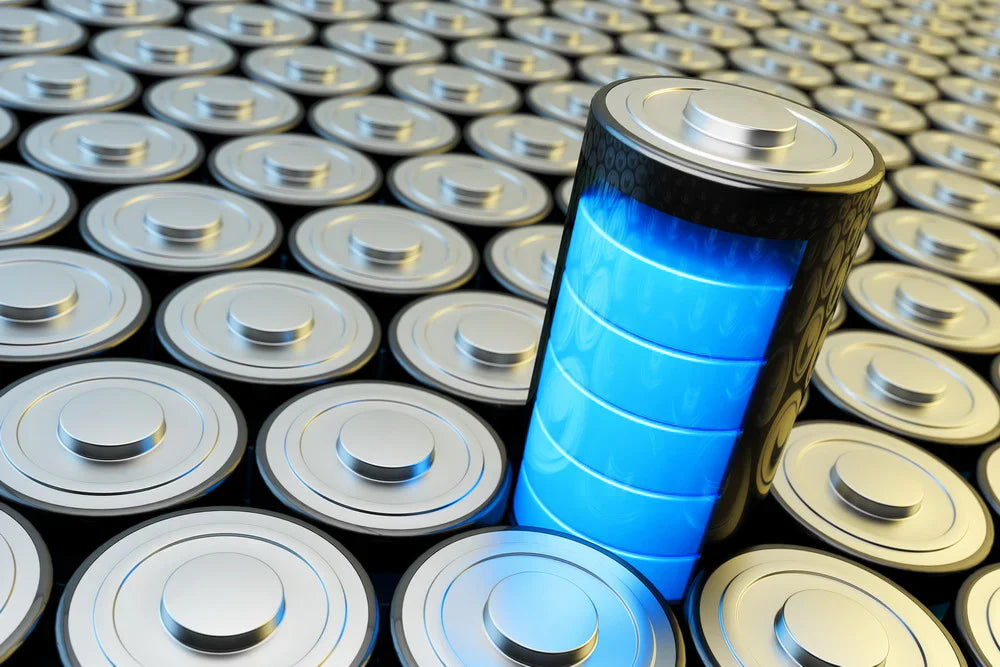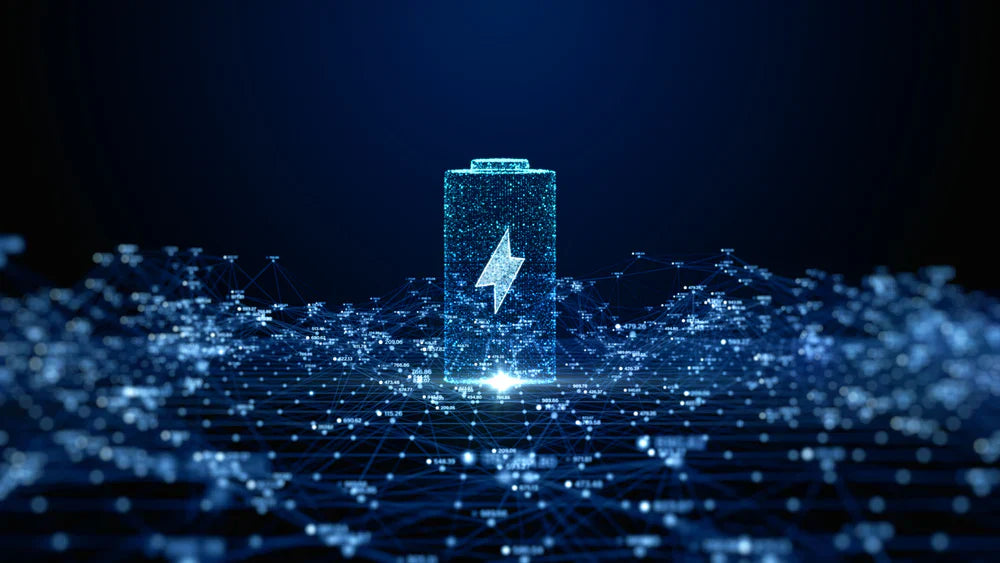Nickel-Cadmium vs. Lithium-Ion Batteries: Which Are Better?

Nickel-cadmium (NiCad) and lithium-ion batteries are both rechargeable. NiCad batteries have been around a bit longer, but lithium-ion is the technology of choice these days. The question for consumers is this: which battery technology is better?
If you are looking for a black-and-white answer here, unfortunately you're not going to get it. NiCad and lithium-ion technologies are distinctly different, and they both have their pros and cons. One isn't necessarily better or worse than the other because a lot of it depends on individual need and use case.
With all of that said, let us look at some of the differences below:
Nickel-Cadmium vs. Lithium-Ion
Chemistry in Rechargeable Batteries
The most notable difference between NiCad and lithium-ion batteries is their internal chemistry. Every battery needs an anode, cathode, and electrolyte. Without all three, you get no power.
NiCad batteries utilize cadmium and nickel oxyhydroxide for the anode and cathode, respectively. Aqueous potassium hydroxide is normally the electrolyte. As the charged particles pass through the electrolyte, a chemical reaction takes place. Pushing them to the anode charges the battery; pushing them to the cathode discharges it.
Lithium-ion batteries tend to utilize graphite for the anode and lithium oxide for the cathode. A lithium salt acts as the electrolyte in between. Charge and discharge work the same way. As lithium ions move back and forth between anode and cathode, the battery charges and discharges.
Charging Cycles
NiCad is the older technology. Once it reached maturity, a typical NiCad battery could be recharged between 1000 and 2000 times. There is a lot of variation here because charge cycles can be influenced by many different things including the use details and environment.
The first generation of lithium-ion batteries were limited to 500-750 charge cycles. But these days, a good lithium-ion rechargeable battery offers 1000+ charge cycles. That is certainly the case with our rechargeable batteries.
Comparing Power Density
A battery's power density is a measurement of the amount of potential energy it can store. Both NiCad and lithium-ion batteries offer decent power density. But when push comes to shove, lithium-ion generally does better. A lithium-ion rechargeable battery offers greater density than NiCads, alkaline batteries, and even NiMH cells. This is one reason why they also tend to be lighter.
Discharge Rate
For a lot of consumers, discharge rate is a primary factor. Lithium-ion batteries are comparable to alkalines in this regard. They discharge fairly slowly and consistently, meaning they tend to last longer for each charge cycle. NiCad batteries, while capable of handling heavier loads, tend to discharge faster.
Comparing Battery Charging
If there is one thing that could push lithium-ion rechargeable batteries over the top it would be charging. A typical USB-C rechargeable battery from Paleblue can fully charge in about an hour or so. NiCad batteries take longer to fully charge. A lot longer. You are looking at least several hours, if not charging a set overnight – just to be sure.
There's another factor to consider here: the memory effect. NiCad batteries are notorious for this particular issue. It is an issue in which large crystals form on the anode and cathode, thereby reducing the amount of storage capacity a battery has.
The memory effect is usually the result of not discharging NiCad batteries on a regular basis. But even when regular discharge is normal, the memory effect can kick in eventually. Lithium-ion's biggest advantage over NiCad technology is that it's not prone to the memory effect.
Reading this post could give you the idea that USB-C rechargeable lithium-ion batteries are superior to NiCad cells. It wasn't our intention to give that impression. Both technologies have their place. For most consumer applications though, lithium-ion seems to be the better choice.
- Tags: Batteries









